Lake Manyara National Park
Overview
Lake Manyara, located in the shadow of the Great Rift Valley escarpment, is best used as a gentle introduction to an East African safari. While the scenic beauty of this park is unquestionably appealing, the game viewing here pales in comparison to that available in Tarangire, Ngorongoro, and the Serengeti.
Manyara is worth a day trip but not much longer because of its tree-climbing lions, flamingos, breathtaking scenery, and soda-ash lake in the center.
Lake Manyara National Park, located on the edge of the Rift Valley beneath the cliffs of the Manyara Escarpment, offers diverse ecosystems, incredible bird life, and breathtaking views. Lake Manyara National Park, located on the way to Ngorongoro Crater and the Serengeti, is worth a stop in its own right. Its groundwater forests, bush plains, baobab-strewn cliffs, and algae-streaked hot springs provide incredible ecological variety in a small area, and it is rich in wildlife and bird life.
Lake Manyara’s alkaline soda is home to an incredible variety of bird life that thrives in its brackish waters. Pink flamingos stoop and graze by the thousands, leaving colorful specks against the lake’s grey minerals. Yellow-billed storks swoop and corkscrew on thermal winds rising from the escarpment, while herons flap their wings in the sun. Even the most hesitant bird watchers will find something to marvel at within the national park.
Another reason to visit this park is to see the famous tree-climbing lions of Lake Manyara. They are the only species of their kind in the world, and they live in the ancient mahogany and elegant acacias during the rainy season. They are a well-known but relatively rare feature of the northern park. In addition to the lions, the national park has the world’s highest concentration of baboons, which makes for interesting game viewing of large families of primates. Lake Manyara is a scenic gem that stretches for 50 kilometers along the base of the rusty-gold 600-meter-high Rift Valley escarpment, with a setting described by Ernest Hemingway as “the loveliest I had seen in Africa.” Manyara’s compact game-viewing circuit provides a virtual microcosm of the Tanzanian safari experience.
The road winds through an expanse of lush jungle-like groundwater forest from the entrance gate, where hundred-strong baboon troops lounge nonchalantly along the roadside; blue monkeys scamper nimbly between the ancient mahogany trees; dainty bushbuck tread warily through the shadows, and outsized forest hornbills honk cacophonously in the high canopy. The grassy floodplain, with its expansive views eastward across the alkaline lake to the jagged blue volcanic peaks that rise from the endless Maasai Steppes, contrasts with the intimacy of the forest. Large buffalo, wildebeest, and zebra herds congregate on these grassy plains, as do giraffes, some of which are so dark in color that they appear black from a distance.
Manyara’s legendary tree-climbing lions and impressively tusked elephants frequent a narrow belt of acacia woodland inland of the floodplain. Squadrons of banded mongoose dart among the acacias, while Kirk’s dik-dik forages in their shade. In the far south of the park, pairs of klipspringer are frequently seen silhouetted on the rocks above a field of searing hot springs that steam and bubble adjacent to the lakeshore. Manyara is an excellent introduction to Tanzania’s birdlife. More than 400 species have been identified, and a first-time visitor to Africa could reasonably expect to see 100 of them in a single day. Thousands of pink-hued flamingos on their perpetual migration, as well as other large water birds like pelicans, cormorants, and storks, are highlights.
More Destinations
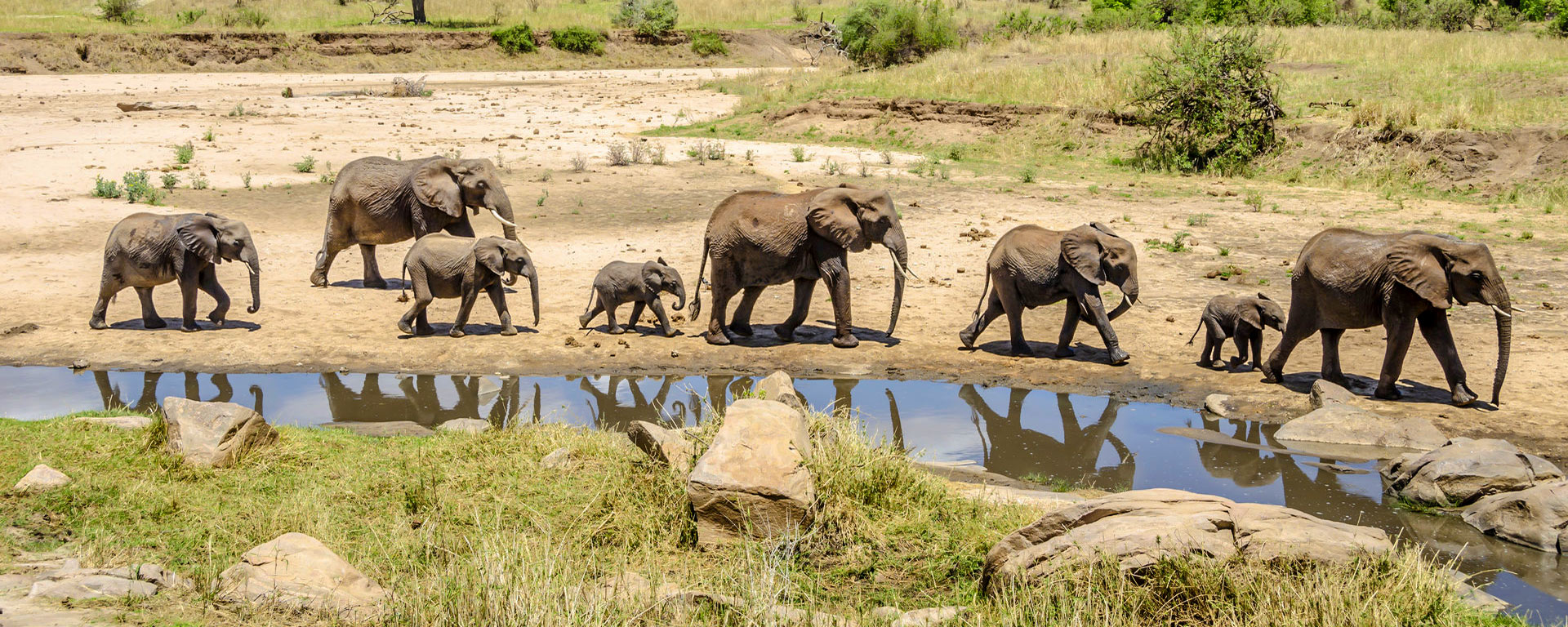
Tarangire National Park
is a lovely, quiet park located slightly off the main safari route. It is best known for its elephant migration, birding, and safari atmosphere.

Ngorongoro Conservation Area
The Ngorongoro Crater is a breathtakingly beautiful setting and the best place to see the Big Five in East Africa. It is an excellent way to begin your African safari adventure.
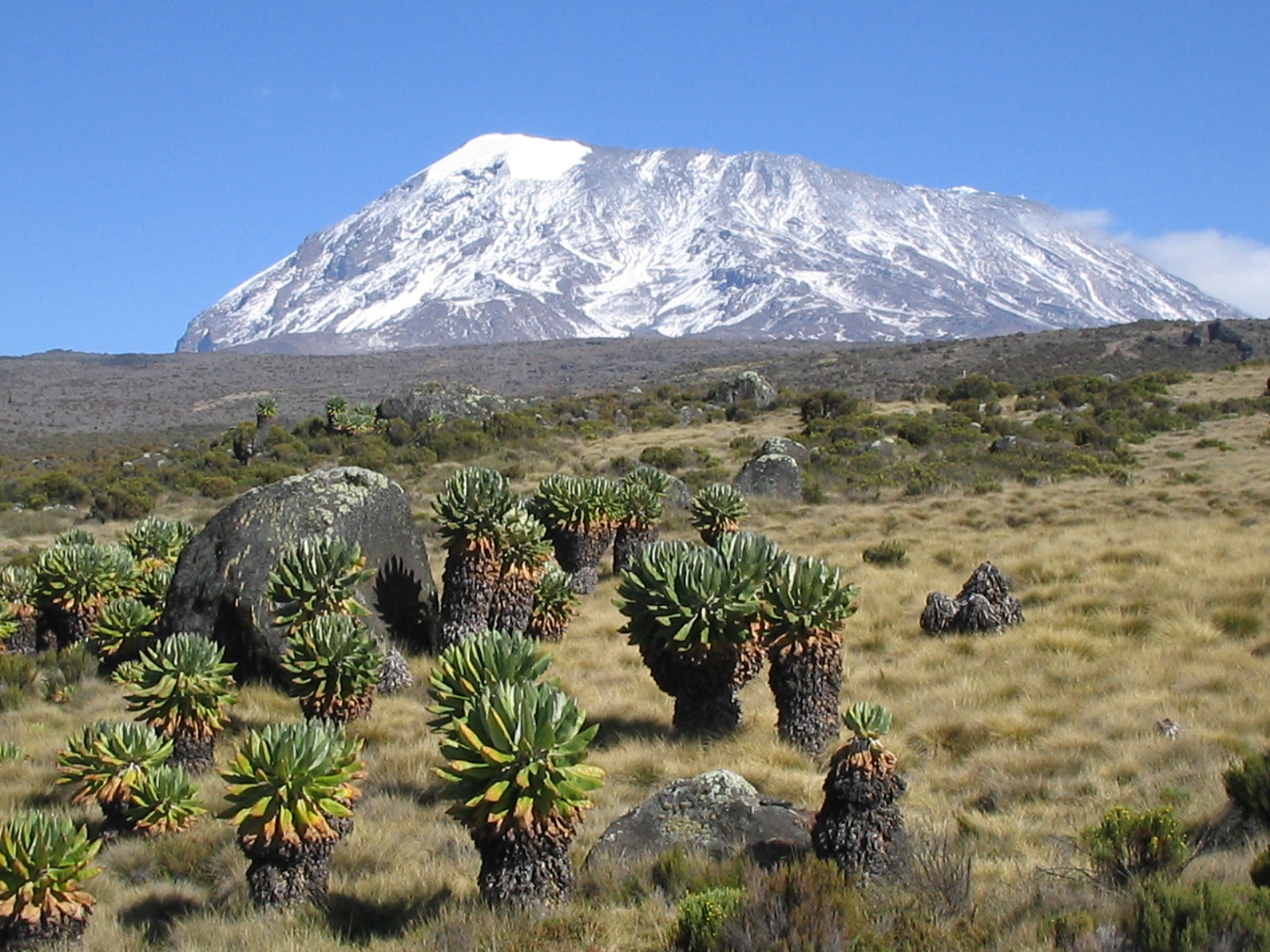
Mount Kilimanjaro National Park
Kilimanjaro, Africa’s highest mountain, is a free-standing, snow-covered dormant volcano. It can be seen from as far as Kenya and Amboseli National Park in northeast Tanzania.
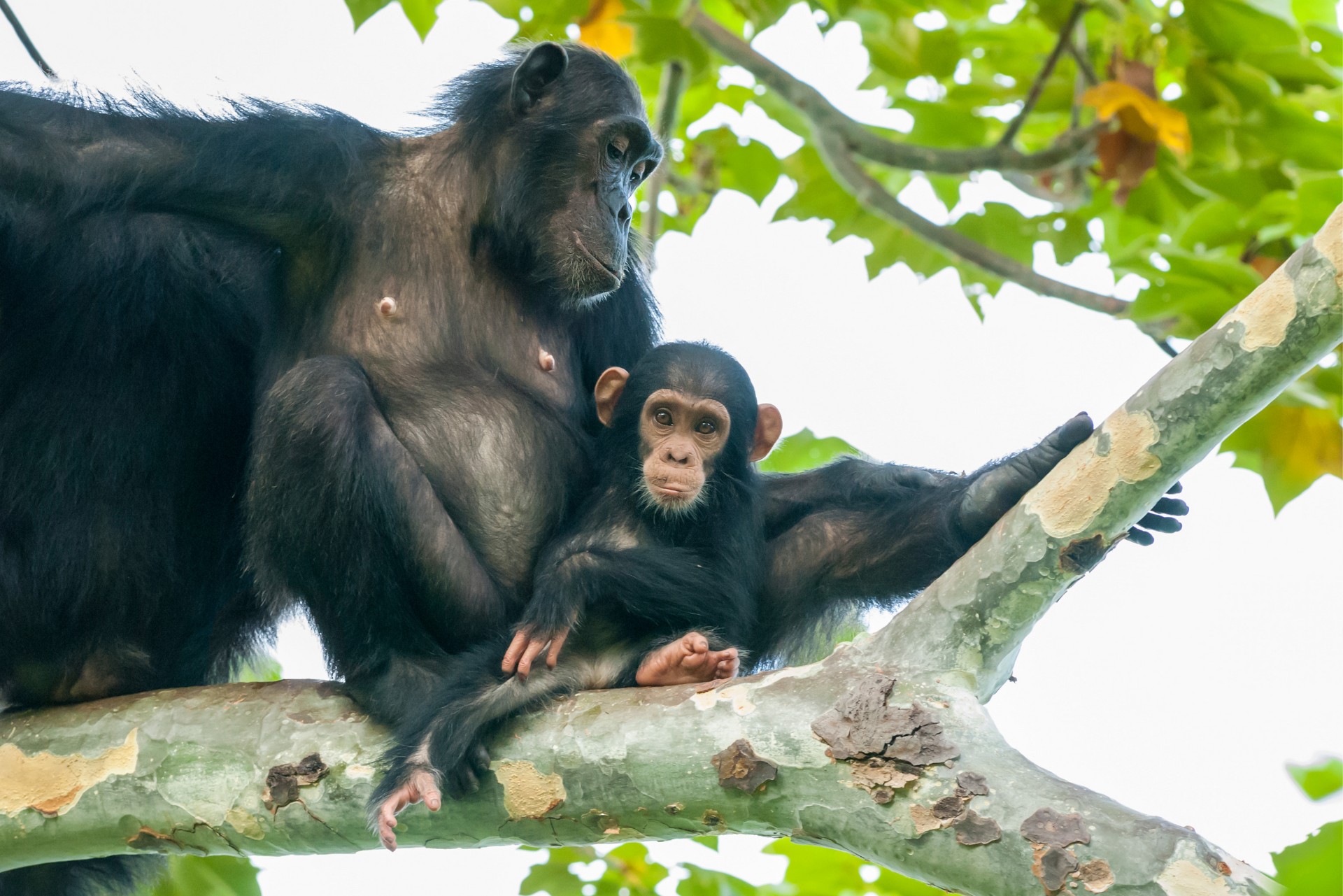
Mahale Mountains National Park
Mahale, located in the far west of the country on the shores of Lake Tanganyika and home to the best chimp viewing in Africa,

Serengeti National Park
The Serengeti is Africa’s most well-known and spectacular game reserve.
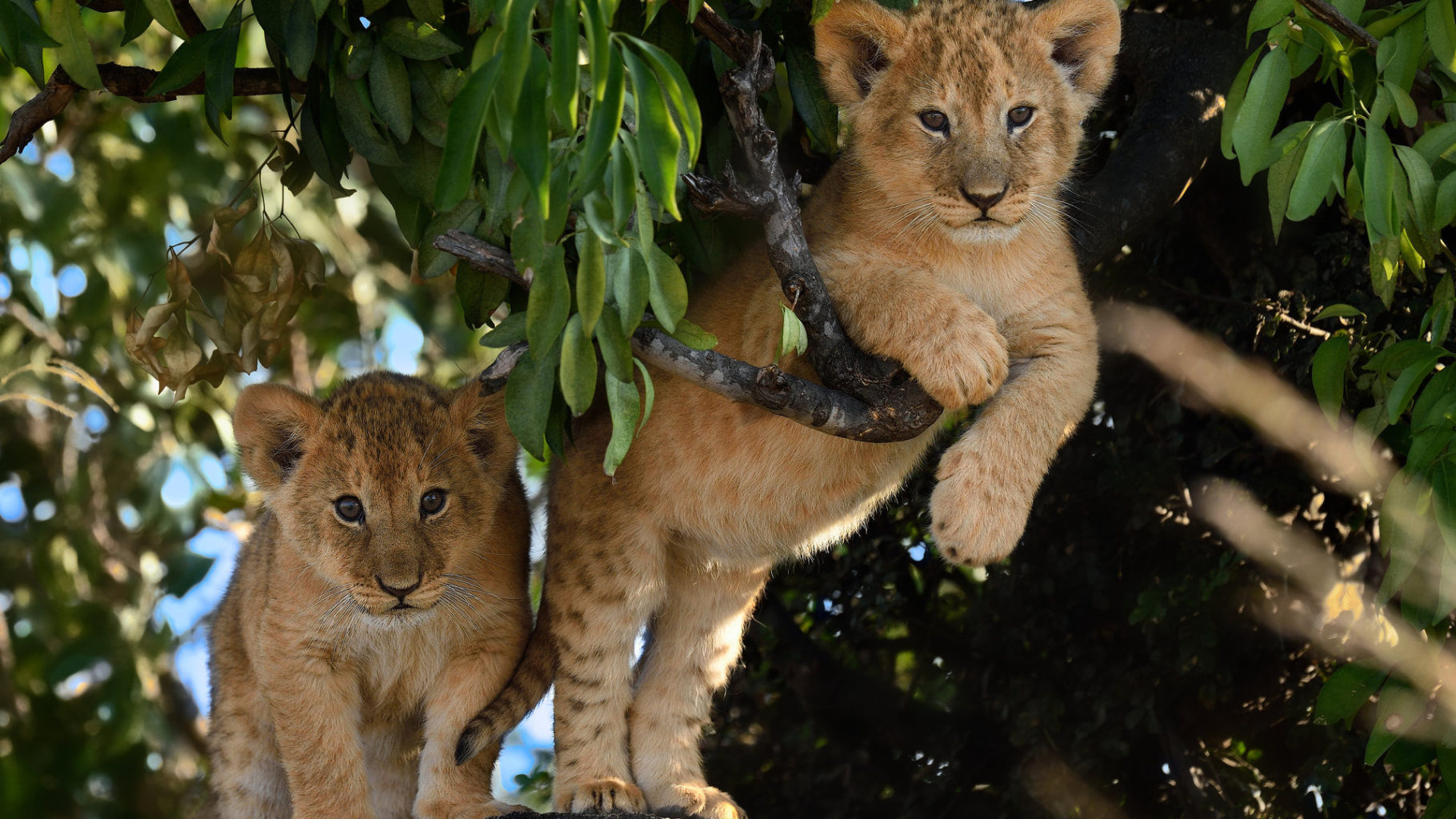
Lake Manyara National Park
Lake Manyara, located in the shadow of the Great Rift Valley escarpment, is best used as a gentle introduction to an East African safari.

Nyerere National Park
The Nyerere National Park, located in southern Tanzania and away from the crowds, is Africa’s largest game reserve and one of our favorite wildlife viewing areas.
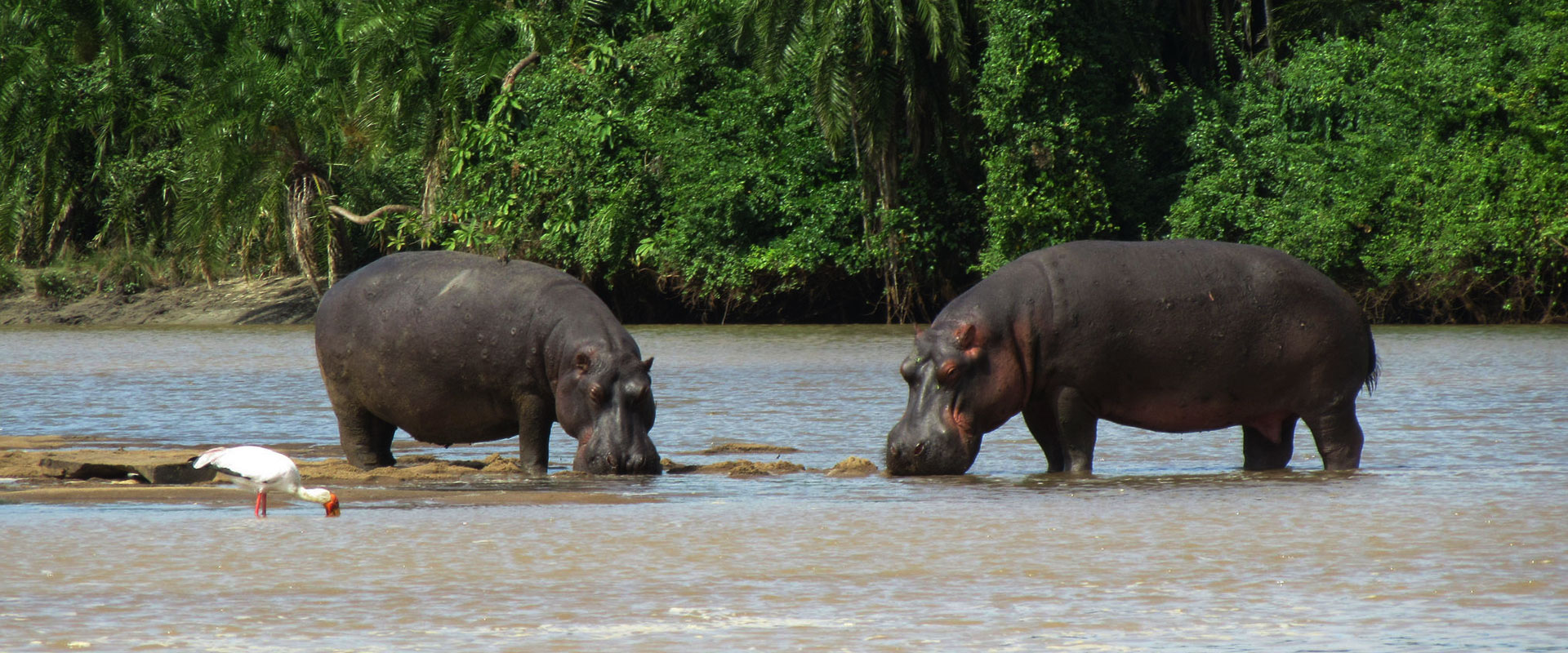
Katavi National Park
Katavi National Park, located in the far west of Tanzania, is a safari enthusiast’s dream. Katavi, which is frequently combined with nearby Mahale, receives very few visitors